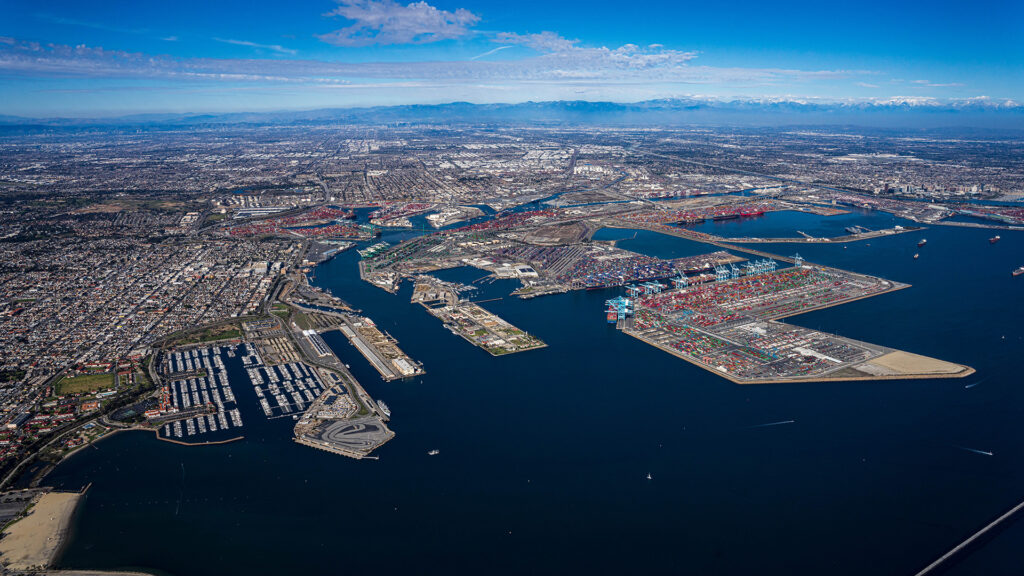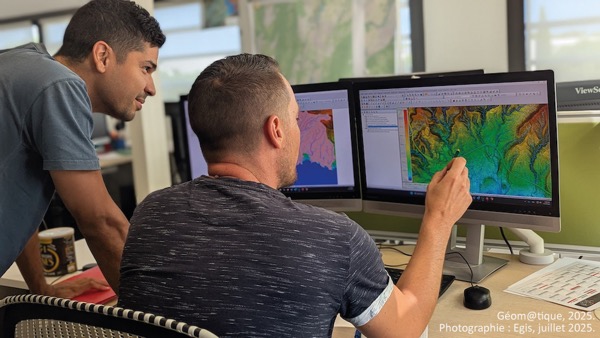
Discover World-Leading Technologies for Ocean Science
Discover cutting-edge solutions from leading global suppliers
CalWave and AltaSea have signed a Memorandum of Understanding (MoU) at the Port of Los Angeles, establishing a formal partnership to work toward establishing a local wave energy industry and building projects off the coast of California.
The Port of Los Angeles is the busiest seaport in the Western Hemisphere and has long served as North America’s largest trade gateway based on container volumes and value of trade. Now, with help from AltaSea, it can serve as a center of innovation for offshore renewable energy, including both wave and offshore wind.
With 180,000 square feet of Blue Economy incubator space on 35 acres of land in a sheltered harbor, AltaSea aims to create focal points of collaboration by initially focusing on the oceanic fields of regenerative aquaculture, renewable energy, and blue technology & underwater robotics.
In response to a request for comments from the CEC, CalWave worked with the National Hydropower Association (NHA) to provide recommendations to ensure California benefits from a robust local marine energy sector. These recommendations include:
- Quantify potential savings to California ratepayers resulting from the integration of marine energy technologies into the California grid.
- Provide matching funds for U.S. Department of Energy (DOE) awards and investments in technology Research, Development, Demonstration, and Deployment (RDD&D).
- Clarify state regulatory processes for deployment of marine energy projects and encourage the appropriate federal agencies to clarify federal regulatory processes for deployment of marine energy projects.
- Encourage the implementation of market-pull mechanisms comparable to those from the early industrialization phases of wind and solar in California (e.g. feed-in tariffs and/or contracts for difference).
- Encourage the Humboldt Bay Harbor, Recreation, and Conservation District to ensure that their $426.7 million investment from the U.S. Department of Transportation (DOT) can also support the marine energy sector.
- Implement statewide marine energy deployment targets of 100 MW by 2030, 500 MW by 2035, and 2,500 MW by 2040.
With a target of 25,000 MW of offshore wind capacity by 2045 and an anticipated 4,600 MW of capacity leased to offshore wind developers already, California has established itself as a global leader in supporting floating offshore wind projects.
By implementing these recommendations, and the marine energy deployment targets in particular, the state can establish itself as a global leader in supporting wave energy projects as well.
Like CalWave, AltaSea strongly supported the passage of SB 605 in California, which requires the California Energy Commission (CEC) to “evaluate the feasibility, costs, and benefits of using wave energy and tidal energy” and to “identify suitable sea space for offshore wave energy and tidal energy projects in state and federal waters.”
Governor Gavin Newsom signed the bill into law in October 2023 after it passed both the California State Senate and Assembly unanimously.

CalWave Co-Founder and CEO Marcus Lehmann said; “We are excited about the significant potential and the ambitious targets for offshore wind in California, representing 30 percent of the state’s current total installed capacity. The Port of Los Angeles will play a critical role for the construction and operation phases of offshore wind in the state. Thus, we are very excited to establish this formal relationship with AltaSea and to join the AltaSea Wave and Tidal Energy coalition as an inaugural member.
“Recent studies highlight the technological, economic and grid-level benefits of combining floating offshore wind and wave systems by achieving a higher joint capacity factor, creating more local jobs and increasing the utilization of offshore lease areas. Having demonstrated our technology in local waters, we see great potential to export our wave energy technology globally, made in California.”
AltaSea President and CEO Terry Tamminen added; “We’re thrilled to expand our wave energy coalition with CalWave, a national leader in wave energy systems and a California-based company with the most operational hours of wave energy technology in our California coastal waters.
“We look forward to working closely with CalWave to support the CEC in implementing SB 605, which can help jump start our joint efforts to harness wave energy’s full potential across California’s coast and establish a new local industry exporting wave energy technology globally.”

















